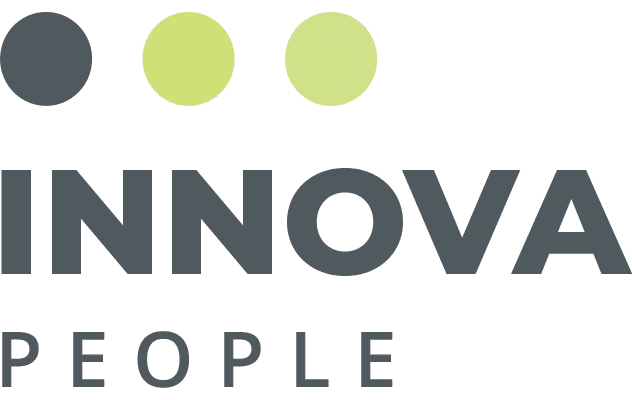In the world of tech companies, the choice between contract and permanent tech staffing is more than just a decision; it’s a strategic move that can shape the trajectory of your organization. The nuances of each staffing option, from flexibility to long-term commitment, warrant a meticulous evaluation to align with your company’s objectives. As the heartbeat of innovation and progress, the workforce composition plays a pivotal role in navigating the ever-evolving tech landscape. Stay tuned to unravel the complexities and nuances of contract versus permanent staffing in the tech industry.
Key Considerations for Staffing Decisions
When deliberating on staffing decisions for a tech company, meticulously evaluating financial implications, long-term growth plans, company culture, legal considerations, and the depth of integration into the organization is pivotal. The economic repercussions play a significant role when choosing between contract and permanent staffing options. Contract staffing can offer cost-effective benefits and specialized skills for project-based work. In contrast, permanent staffing provides stability and a foundation for building a strong company culture. Understanding the company’s long-term growth plans and objectives is crucial in determining the most suitable staffing approach. Additionally, considering the company’s values, culture, and industry trends can help align the staffing decisions with overarching goals. Legal requirements must also be considered to ensure compliance and mitigate potential risks. Evaluating the level of integration required and the nature of the relationship with employees is essential when making staffing decisions for a tech company.
Evaluating Budget and Resource Needs
Assessing the financial impact of staffing decisions on a tech company involves carefully evaluating budget allocations and resource needs. When considering whether to opt for contract staffing or permanent employees, key factors such as health insurance, resource planning, cost savings, and overall staffing strategy must be considered. Permanent employees typically receive benefits such as health insurance and pension funds, impacting the company’s budget, while contractors handle these independently, reducing financial obligations. Moreover, permanent employees enjoy subsidies for expenses like phone and internet, affecting resource allocation, whereas contractors often command higher gross salaries, impacting budget allocation. Additionally, the longer notice period for terminating permanent employees than contractors influences resource planning for future staffing needs. By weighing these aspects against the company’s financial capabilities and long-term goals, a well-informed decision can be made to optimize budget utilization and resource allocation in line with the staffing strategy.
Assessing Long-Term Talent Strategy
Planning for the long-term success of a tech company necessitates a strategic and proactive approach to talent management. In assessing long-term talent strategy, it is crucial to consider the development and retention of employees, whether through contract or permanent staffing arrangements. Identifying the skills and competencies required to achieve long-term goals is essential for building a sustainable workforce. Tech companies can enhance employee engagement and retention by investing in career development programs, continuous training, and upskilling initiatives, ultimately contributing to the organization’s success.
Moreover, creating a talent pipeline and succession planning are vital components of a robust long-term talent strategy. This involves aligning the company’s talent needs with future growth objectives and adapting recruitment and retention strategies to align with industry trends and technological advancements. By focusing on talent development and long-term planning, tech companies can ensure they have the right people in the right roles to drive innovation and meet organizational goals effectively.
Impact on Company Culture
The interplay between contract and permanent staffing models can significantly shape the fabric of a tech company’s culture. Permanent employees require a deep understanding of the company’s values and long-term goals, contributing to organizational stability and commitment. On the other hand, contract workers bring fresh perspectives, diverse skill sets, and flexibility, enriching the company culture with innovation and adaptability. Balancing these two staffing solutions can create a dynamic and inclusive environment where different talents collaborate effectively.
Effective management of both permanent and contract workers is crucial in fostering a positive and cohesive company culture. By integrating the strengths of each staffing type, tech companies can cultivate a culture that values loyalty, creativity, and agility. This harmonious blend of permanent employees’ dedication and contract workers’ versatility can lead to a vibrant work atmosphere that encourages continuous learning and growth. A well-balanced mix of staffing solutions can propel the company toward achieving its strategic objectives while nurturing a thriving and innovative culture.
Leveraging Specialized Skills Effectively
Considering the dynamic interplay between permanent and contract staffing models in shaping a tech company’s culture, effectively leveraging specialized skills becomes a strategic imperative for maximizing project outcomes and innovation. Identifying short-term project needs that demand specific expertise is crucial in the tech industry. Contract positions offer a valuable solution by granting access to specialized skills without the constraints of long-term commitments. By hiring contractors for their unique abilities, tech companies can enhance project outcomes and efficiency, leading to innovative solutions and expedited project delivery. Moreover, leveraging specialized skills through contract staffing enables organizations to tap into diverse talent pools, fostering competitiveness in an ever-evolving industry landscape. Embracing the flexibility and expertise that contract positions provide empowers tech companies to adapt swiftly to changing project requirements and technological advancements, ultimately driving success and propelling innovation within the organization.
Adapting to Industry Trends
Amidst the rapid evolution of the technology industry, embracing contract staffing has become a strategic imperative for tech companies seeking to adapt effectively to shifting industry trends. Industry trends in technology indicate a noticeable shift towards contract staffing for specialized project needs. Tech companies increasingly leverage contract staffing to adapt to the evolving digital landscape, recognizing its flexibility. The dynamic nature of technology advancements necessitates a workforce that can swiftly adapt to new trends, making contract staffing an attractive option to access diverse skill sets efficiently. By opting for contract staffing, tech companies can stay agile and competitive in a rapidly evolving market, where the ability to respond to industry trends swiftly is crucial. This shift towards contract staffing demonstrates a recognition of the need for flexibility and the importance of aligning staffing strategies with the ever-changing demands of the tech industry.
Driving Success Through Strategic Staffing
Optimizing staffing strategies in tech companies can significantly impact project outcomes and overall success by aligning workforce capabilities with organizational objectives. Making strategic staffing decisions involves carefully balancing contract and permanent staffing to meet project requirements effectively. Companies can ensure efficient resource allocation and successful project delivery by tailoring staffing strategies to specific project needs. Adapting staffing models based on project timelines and skill requirements enhances productivity and fosters innovation within the organization.
In the tech industry, effective strategic staffing can lead to cost savings, increased flexibility, and improved project outcomes. Companies that align their staffing decisions with their long-term goals and industry trends are better positioned to drive success and stay competitive. By leveraging a mix of contract and permanent staffing options, tech companies can optimize resources, adapt to changing project demands, and ultimately achieve their business objectives. Strategic staffing decisions are crucial in shaping the workforce structure and driving innovation within tech organizations.
Conclusion
In conclusion, the decision between contract and permanent staffing for tech companies requires a careful analysis of budgetary constraints, long-term talent strategy, company culture, specialized skills utilization, and industry trends. By strategically aligning staffing decisions with these considerations, tech companies can drive success and propel toward sustainable growth. Ultimately, the choice between contract and permanent staffing is pivotal in shaping the organization’s workforce management strategy and overall success. The impact of this decision cannot be overstated in today’s competitive business landscape.



